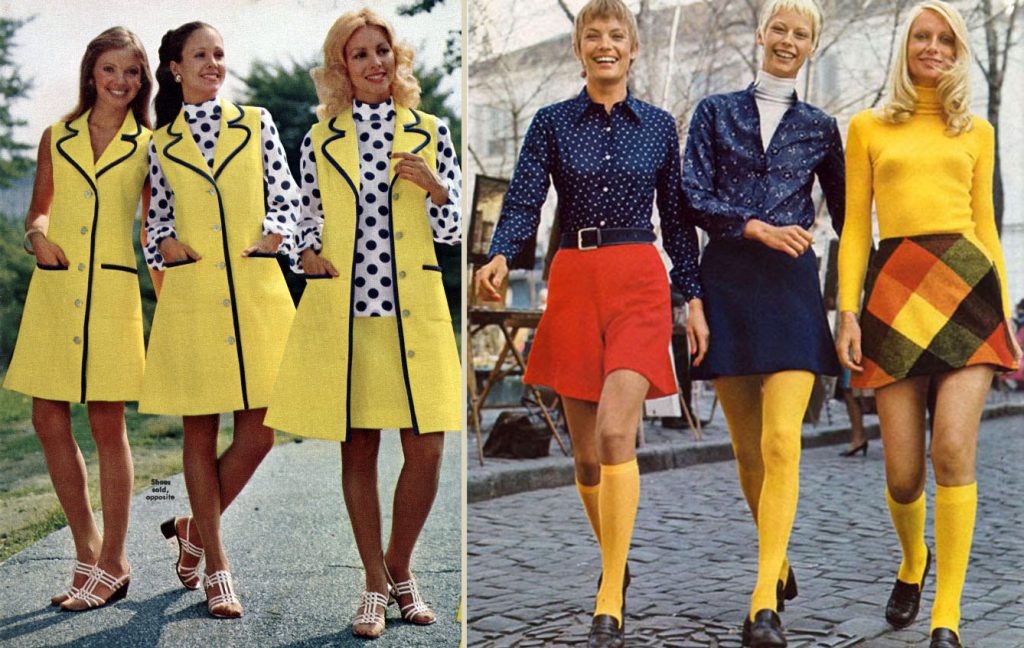
Whether we like it or not, our wardrobes can have a massive environmental impact- it’s estimated that if current trends continue, the fashion industry may be responsible for a quarter of global greenhouse gas emissions by 2050. Something has to give.
Luckily for us, there are loads of different options in terms of sustainable fashion- no matter your style or budget -there’s always an option for you. And, of course, it’s a gradual transition. There’s no point in throwing out all your old clothes to landfill, replacing them with pricy garments made from organic cotton. Look after what you have, and when something needs replacing, seek out the most sustainable option for your budget.
Personally, I’m a big fan of vintage clothing. The exact definition of what constitutes as vintage is actually subject to much debate, but a generally-accepted view is that it’s anything that’s between 20 and 100 years old. People in the past made their clothes to last, and even today those same garments are going strong. Another perk of vintage is its unique, “one-off” nature. You’re never at risk of wearing the same outfit as anyone else.
My favourite part of shopping vintage, by far, is how easy it is to mix and match pieces from different eras. You can create your own unique sense of style by combining the looks associated with each decade. We quite literally have all of history to choose from for inspiration- it’s hard to know where to start! And don’t get me wrong, I am by no means an expert. But for me, the research is the most fun part. I could spend hours on Pinterest, and I own more fashion coffee table books than frankly, I know what to do with. So, as a start-off point for a beginner, I’ve compiled this little list of iconic styles throughout the mid to late 20th century. You’re welcome 😉
The 1940s
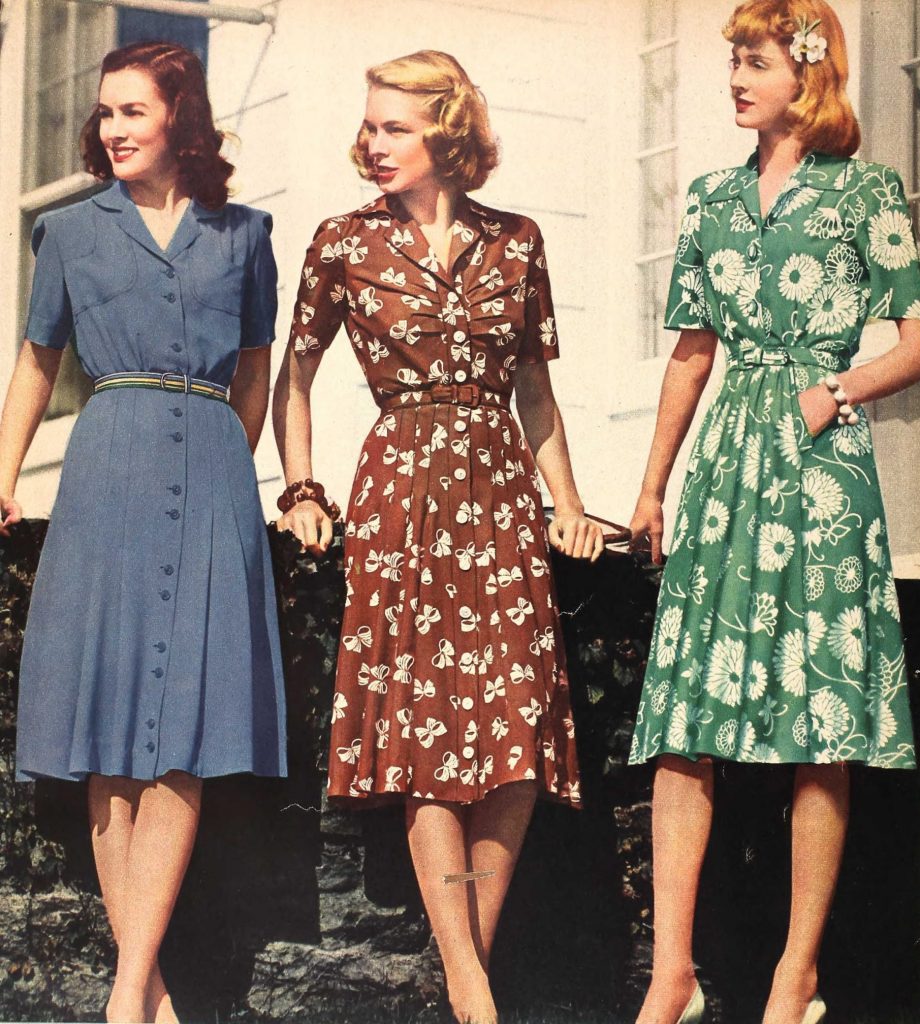
- Defined by an hourglass silhouette with a masculine detail (e.g. padded shoulders, military jackets) and a functional design for women in the workforce.
- Hemlines tended to be around knee length.
- Corsets fell out of fashion in favour of the more uncomfortable girdle.
- Seamed stockings were popular.
- Trousers became more acceptable in womenswear, usually high-waisted and wide-legged.
- A variety of colours were stylish throughout the decade, especially jewel tones and primary colours.
- Dyes were duller than before due to WWII rations.
The 1950s
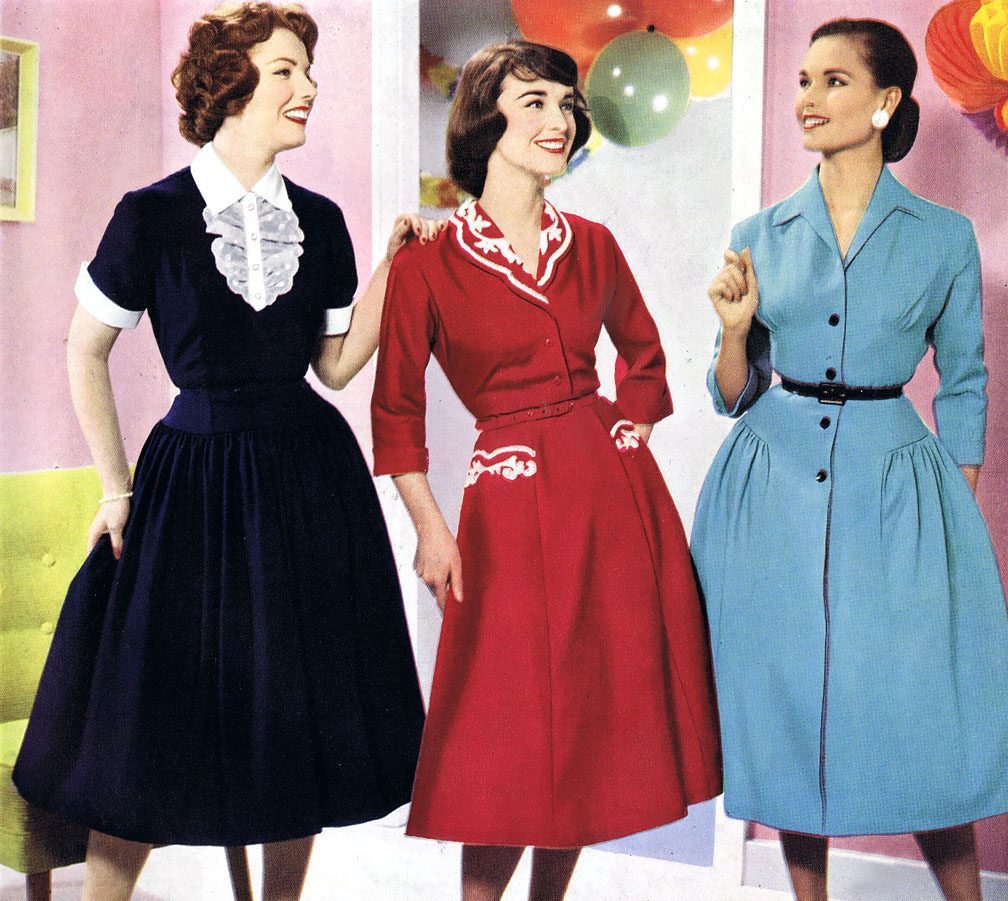
- Popular styles included puffy calf-length skirts, petticoats, collared blouses, colourful cardigans, and short-sleeved sweaters.
- Wide belts were used to cinch the waist and create an exaggerated hourglass shape, sometimes alongside corsets
- Capri pants and shorts were also popular amongst teenage girls, though they often were not allowed in schools
- A variety of colour palettes were popular, especially pastels, teals and corals, earth tones, and pinks. Plaid, polka dot, gingham, and floral were popular prints on all articles of clothing.
The 1960s
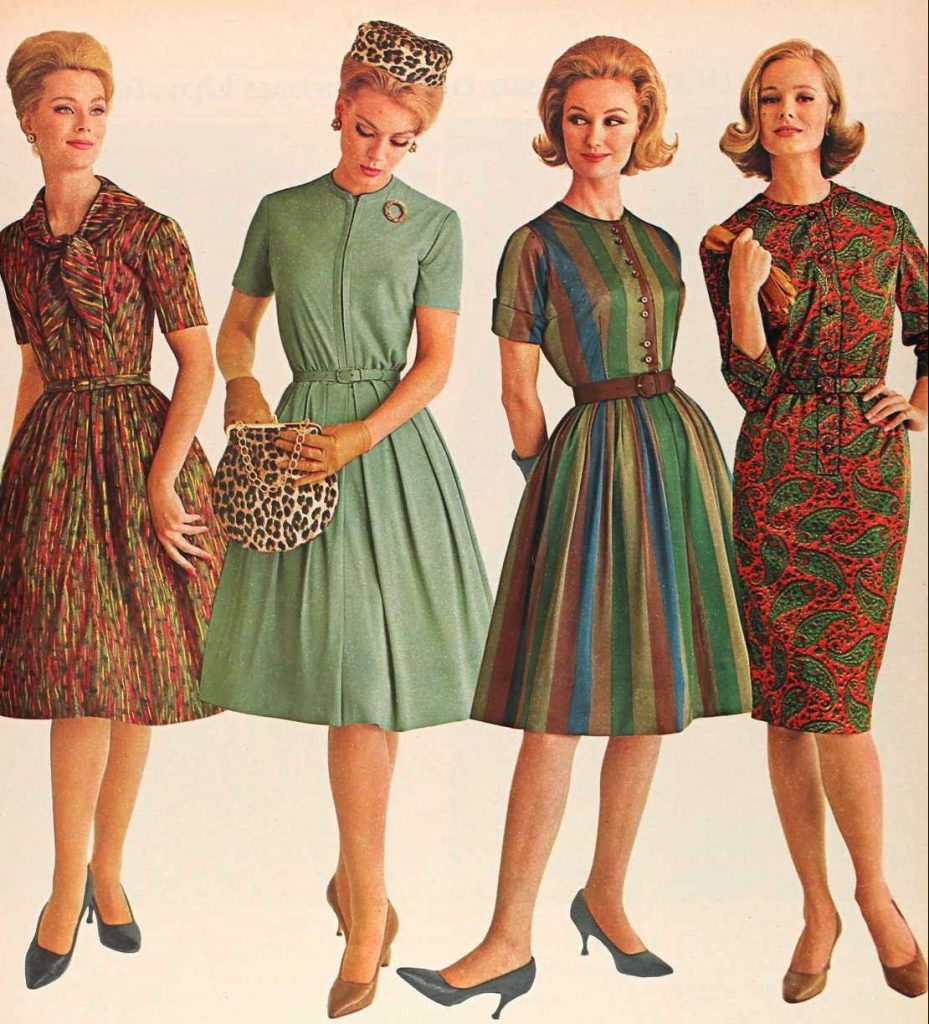
- 1960s fashion changed widely from the beginning of the decade, as the style developed alongside the progressive political movements of the time. It’s a personal favourite of mine, as it really has something for everyone!
- At the beginning of the decade, fashion was hugely influenced by the first lady of the United States, Jackie Kennedy. She popularised low heels, pillbox hats, collarless dresses, and two-piece skirt suits. However, her influence waned after her husband’s assassination.
- Alongside the sexual liberation movement, hemlines became shorter and shorter. The 1960s is the decade that saw the invention of the mini skirt.
- The hourglass silhouette fell out of style in favour of shapeless shift dresses that barely skimmed the hips
- Plain, modest necklines, bright colours, cap sleeves, and geometric prints were staples in the first half of the decade
- As the ‘60s progressed, bold paisley and swirling floral prints became more popular, as hippy culture reached its peak. Earth tones also became the norm around this time.
The 1970s 
- The hippy-inspired look continued into the ‘70s, with tunics, flared trousers, and bell sleeves becoming popular in women’s fashion.
- With the advent of the disco dancing scene, full-length jumpsuits became a coveted look. These often had flared legs and bright colours.
- There was a lot of experimentation in terms of fabrics, with suede, denim, fringing, and furs all rising in popularity
- The punk subculture began in the mid-’70s, bringing with it a unique DIY look.
- Neutral, jewel-toned, and earth-toned colour palettes remained firm favorites throughout the decade.
The 1980s

- The ‘80s was an important decade for the denim industry, with a boom in the popularity of designer jeans. Jeans were high waisted and fit snugly at the hips, with a narrow fit on the leg. Acid-wash came into the mainstream
- The ‘80s saw an unprecedented rise in women entering the workforce, and this brought with it the rise of power suits. Women wore boxy blazers with large shoulder pads alongside matching slacks or skirts in a variety of colours.
- The goth subculture began in the ‘80s and popularised dyed black hair, fishnets, and macabre imagery.
- Shell suits, graphic t-shirts, and neon tracksuits were all popular pieces, with bright colours, statement sleeves, and zany patterns becoming staples of any ‘80s wardrobe.
The 1990s
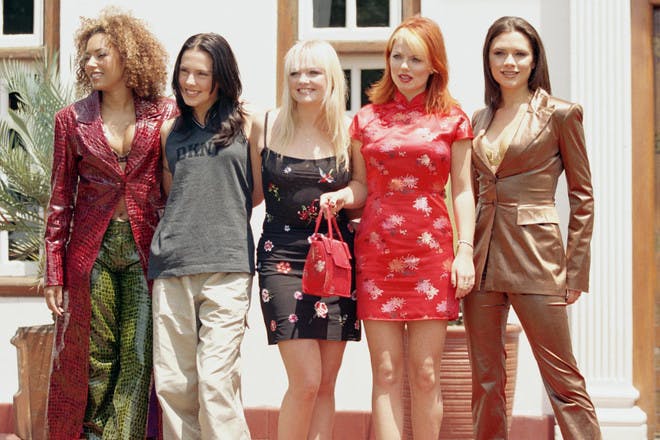
- Fashion saw a return to minimalism in the ‘90s, after the flashiness associated with the previous decade. Simplistic silhouettes and sleek accessories were popular.
- The rise of the grunge movement popularised an unkempt look, with smudged makeup, band t-shirts, and Doc Marten boots.
- Popular trends throughout the decade included halter tops, tracksuits, spaghetti strap tops, and slip dresses.
- The 1990s saw a huge amount of variety throughout the decade, as subcultures grew and branched off, creating the varied fashion scene we know today.
I hope this will help you get to love vintage fashion as much as I do.
– Aoife
